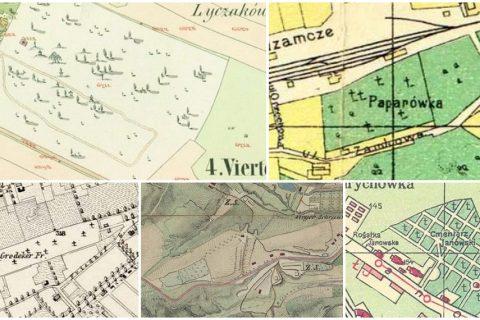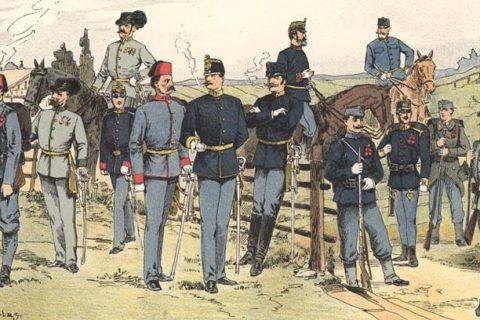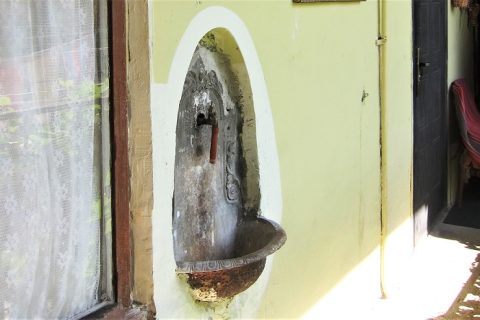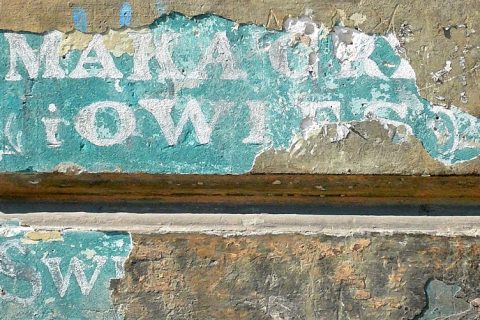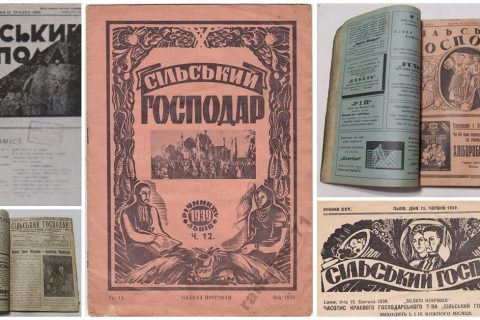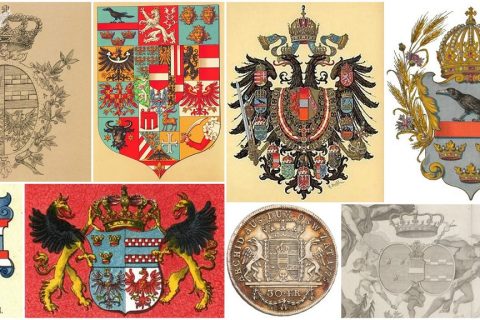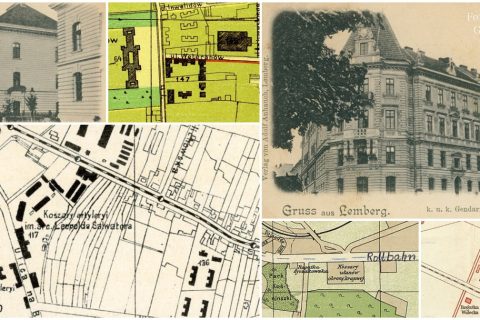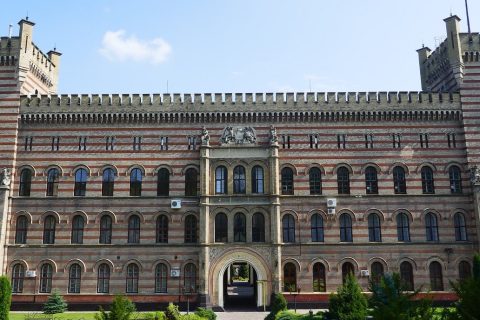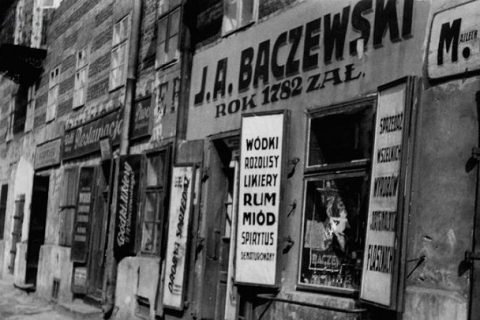‘Czerwony Pas’ & ‘Verkhovyno’: The Story of a Polish and Ukrainian ‘Folk’ Song
Today, both the Poles and Ukrainians have a beloved song about the Hutsul Carpathian highlanders, sung in their own languages to a similar melody. How did this come to be? The Polish Story Karpaccy Górale We must first look back at the first half of the nineteenth century. This is […]
Read More

